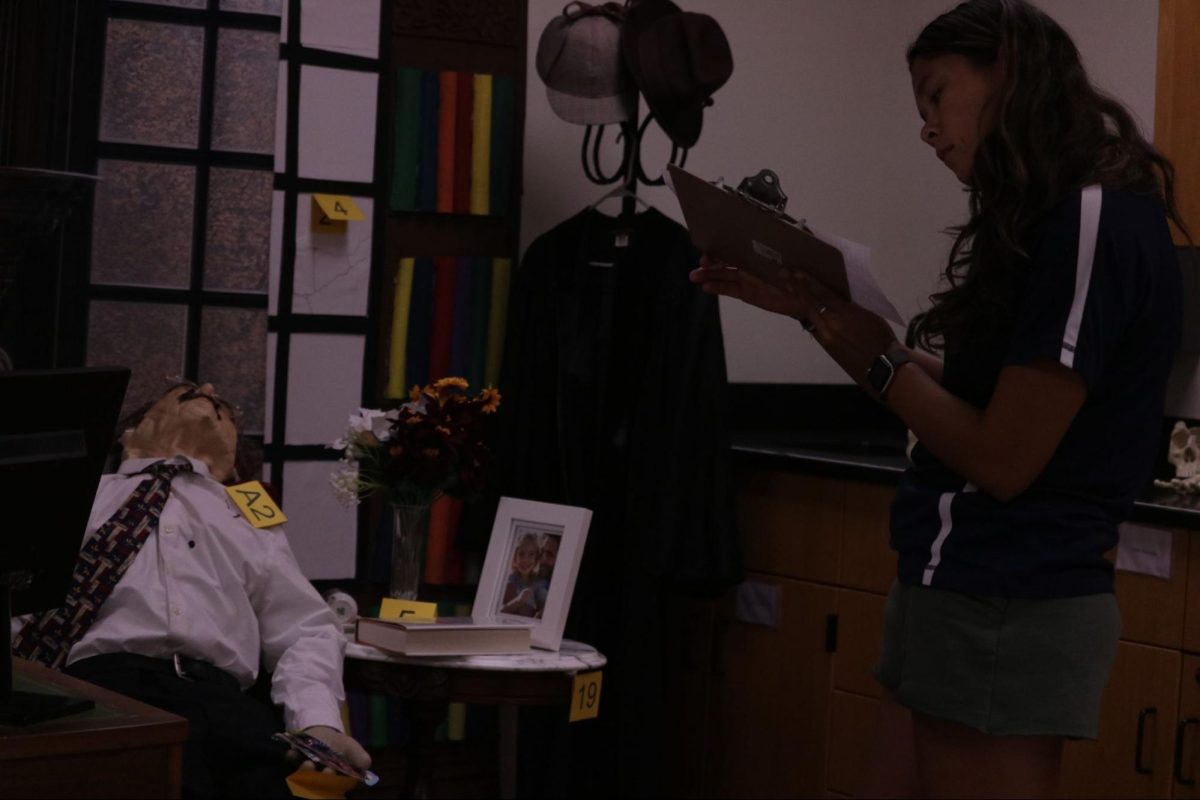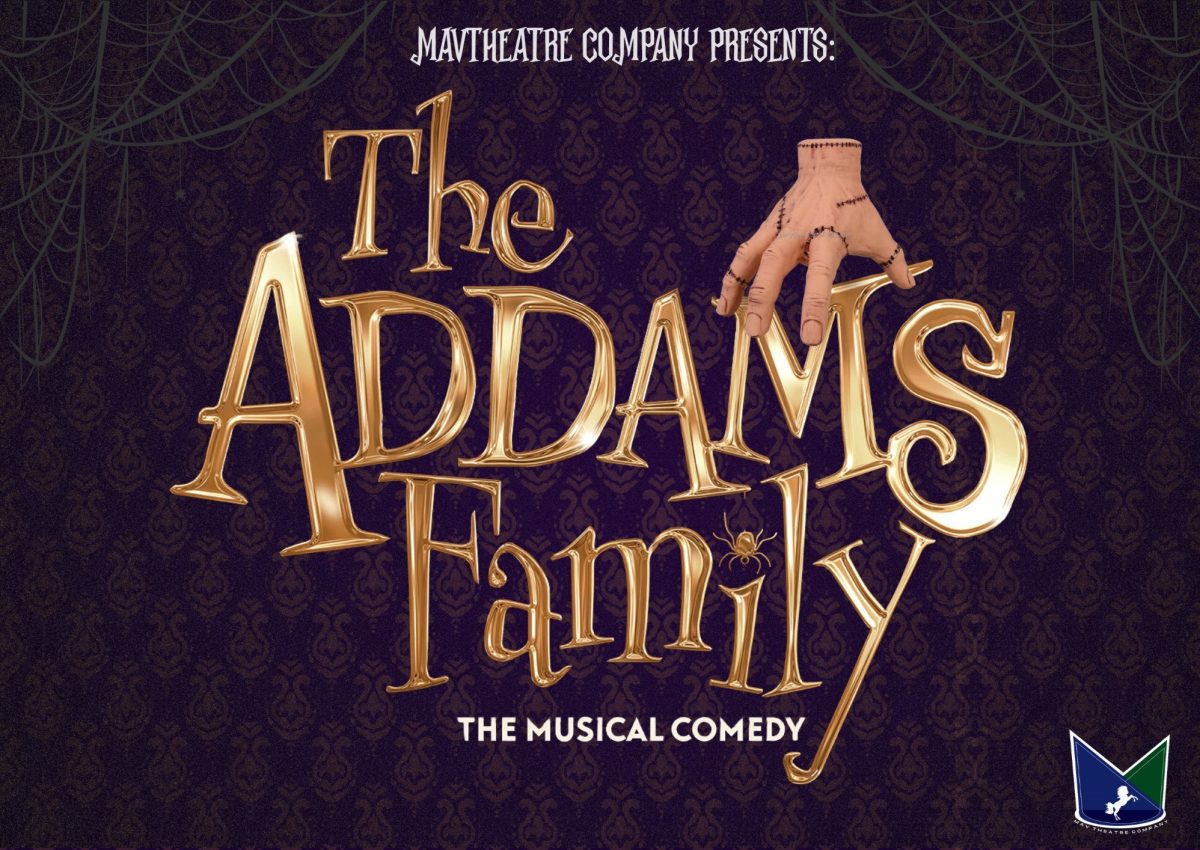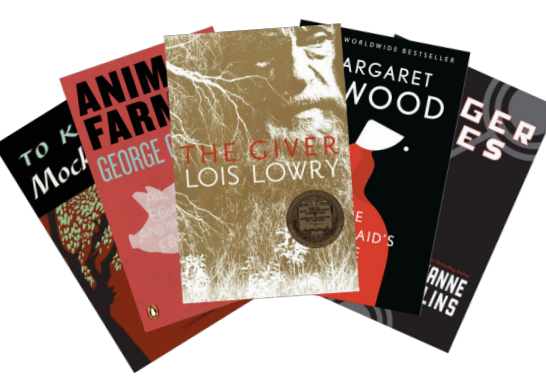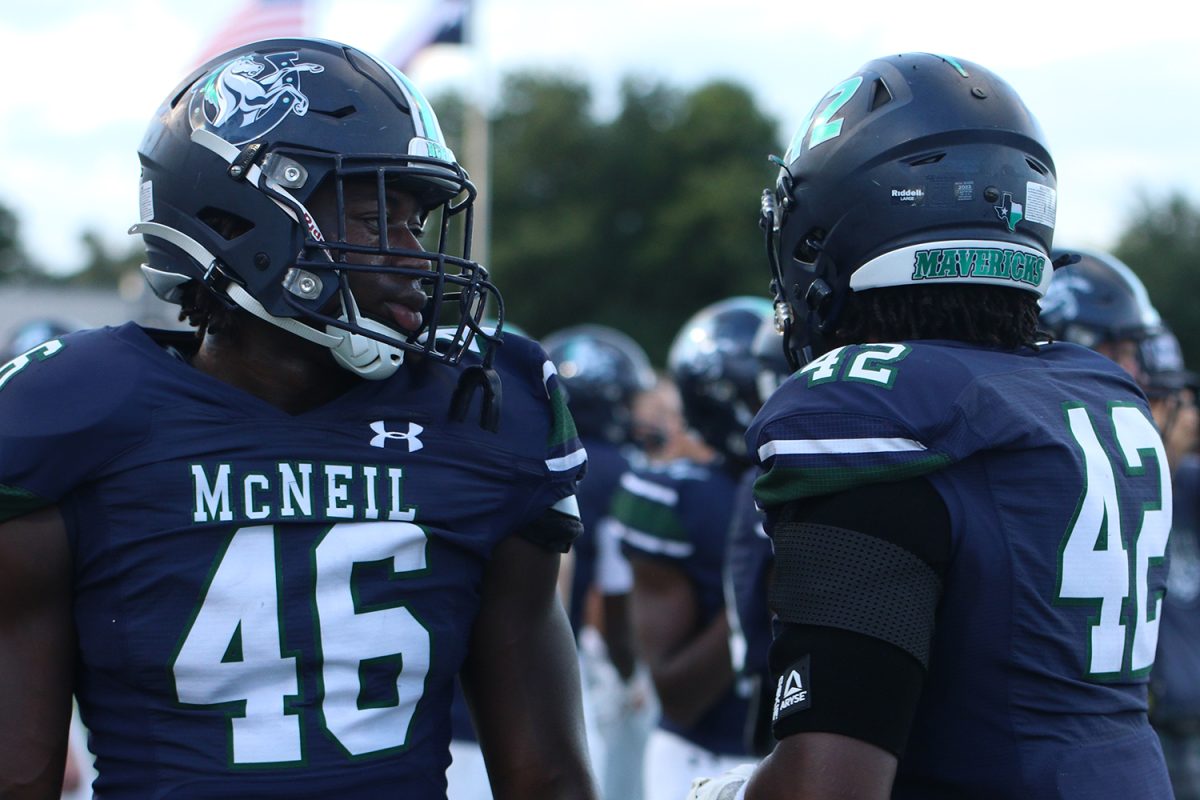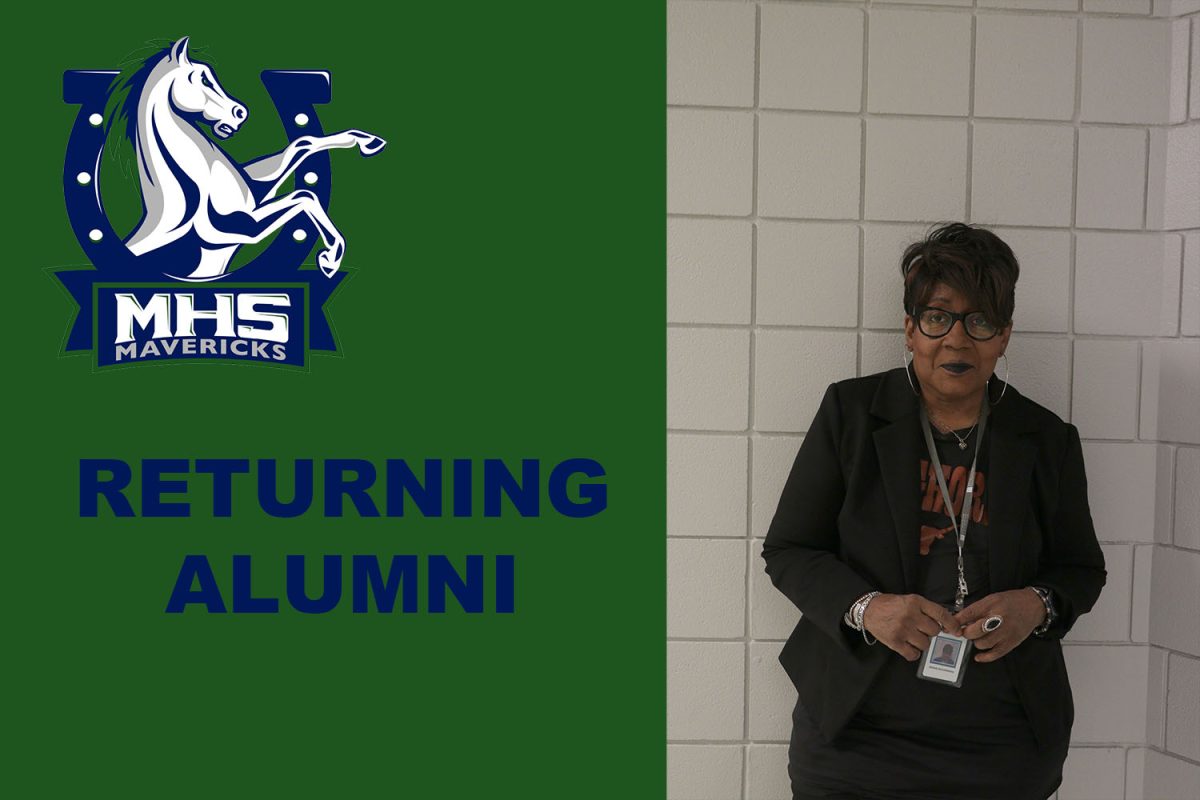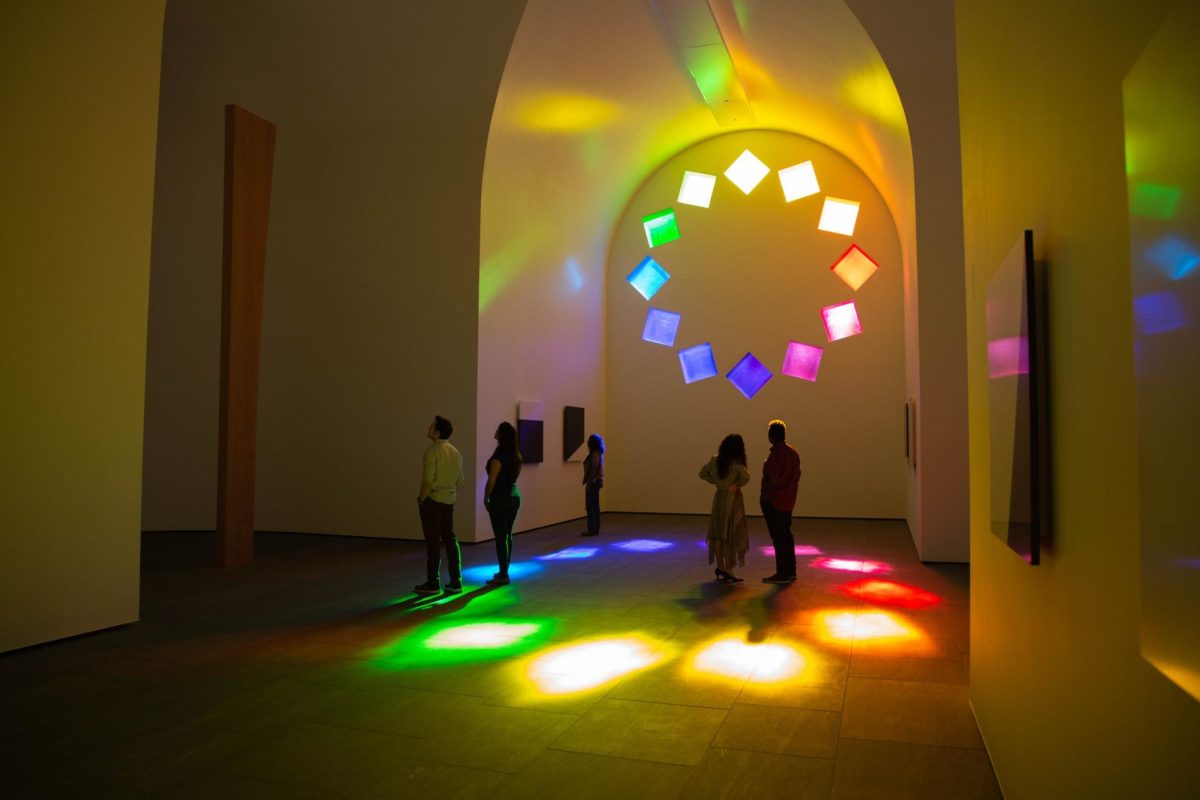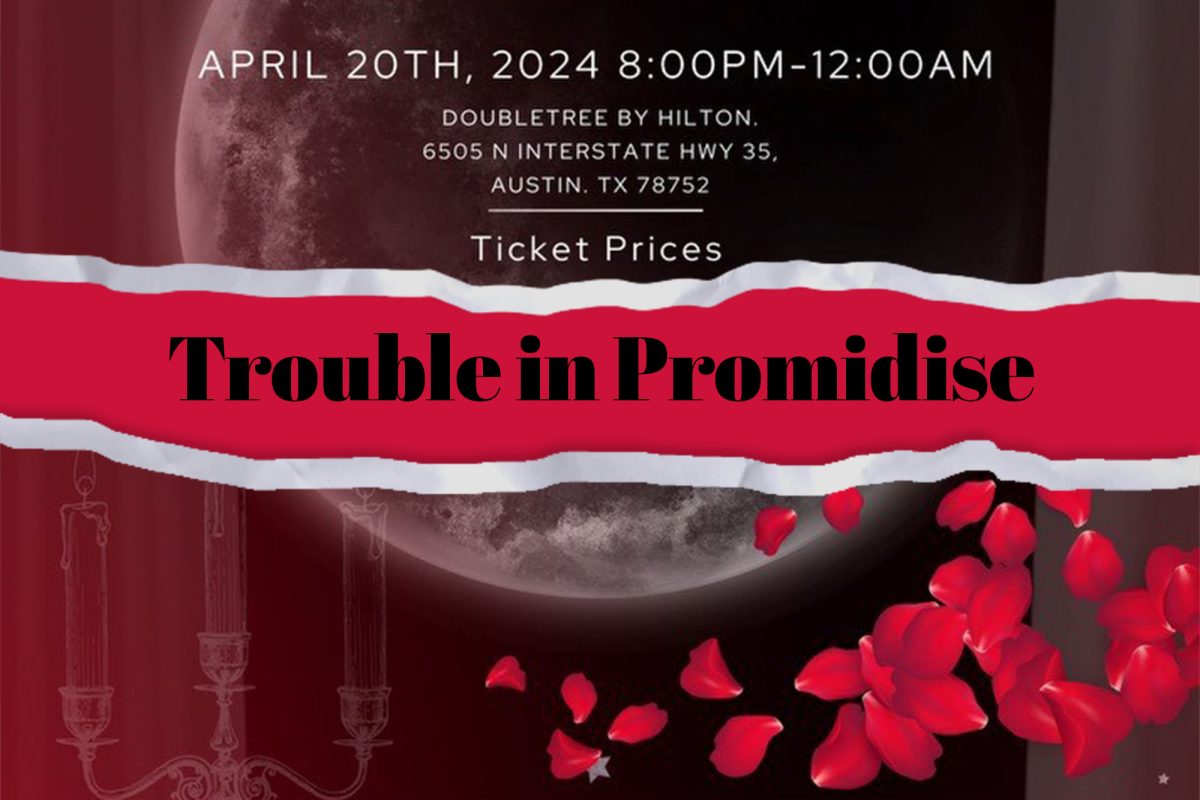The Hispanic celebration of Dia de los Muertos, otherwise known as “Day of the Dead,” has just passed. From Oct. 31 to Nov. 2, millions of people around the world will break into feasts, parades, dances and more to honor late relatives. But what really is this holiday?
To understand Dia de los Muertos, it is necessary to have a rough background on its history. Dia de los Muertos traces back to the Aztecs, who were the original residents of the land of Mexico. They had strong dedications to celebrating ancestors, with an entire month, from July to August, being dedicated to the departed, called “Miccailhuitontli.” Some trademark elements that derived from this native holiday include the infamous dancing skeletons and decorated altars that are still recognizable today.
When the Spaniards came to Mexico, implemented themselves and colonized the land, they merged their Catholic beliefs with those of the Aztecs. After their conquest, Spanish priests moved the holiday so that it fell directly on the Catholic holidays “All Saints Day” and “All Souls Day.” These holidays honor the Saints observed in the Catholic Church and honor dead relatives who have passed, respectively. From then on, the festivity was celebrated in the fall.
There are many symbols incorporated in the celebration of Dia de los Muertos. Firstly, Calacas, handmade skeleton figurines, are exceedingly popular. They are often made out of paper mache, clay or even porcelain. The representation of skeletons is meant to normalize the idea of death as a natural part of the life cycle and to display a joyful afterlife. Secondly, the monarch butterfly is an extremely repetitive motif- often showing up on costumes, face paints, art, tombstones and papel picados, also known as decorative banners. The monarch butterfly’s importance emanates from Aztec customs, where spirits would return in the form of butterflies or hummingbirds. To affirm the idea that ancestors make their annular return to their families in the form of the monarch, the butterflies complete their path to the south in November arrive in Mexico and stay until March. Thirdly, yellow marigolds are often used to decorate headstones, or altars, called ofrendas, where people put their offerings for the dead. This blossom is nicknamed the “flower of the dead” and can be spread along paths, or roads to help lost souls find their way home. This flower made an appearance in the renowned Disney movie “Coco” which illustrates much of the customs revolving around this holiday.
Apart from items, specific days are also typically symbolic themselves. Depending on the part of the world, Oct. 28 and Oct. 30 are included in the holiday. They are delegated to those with traumatic deaths, and those who died without a baptism, respectively. In the past Nov. 1 honored those who died due to Christian persecution and the Catholic saints, due to All Saints Day. But it has now been broadened to individuals who led a pure life- typically children. Finally, Nov. 2 is dedicated to family members and ancestors.
In conclusion, Dia de los Muertos is a combination of Mesoamerican practices and catholic beliefs, including a multitude of symbolism and meanings weaved into the rituals of the celebrations. It is a vital tradition for Hispanic peoples and, at its very core, a lively celebration for the dead.


